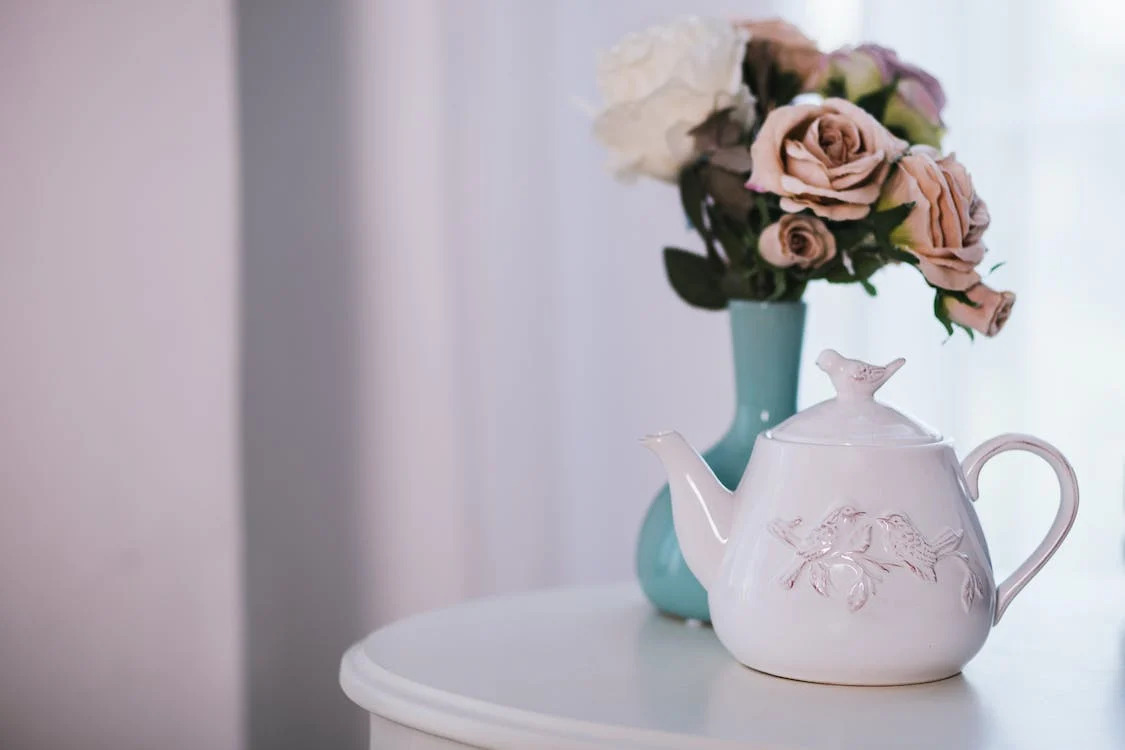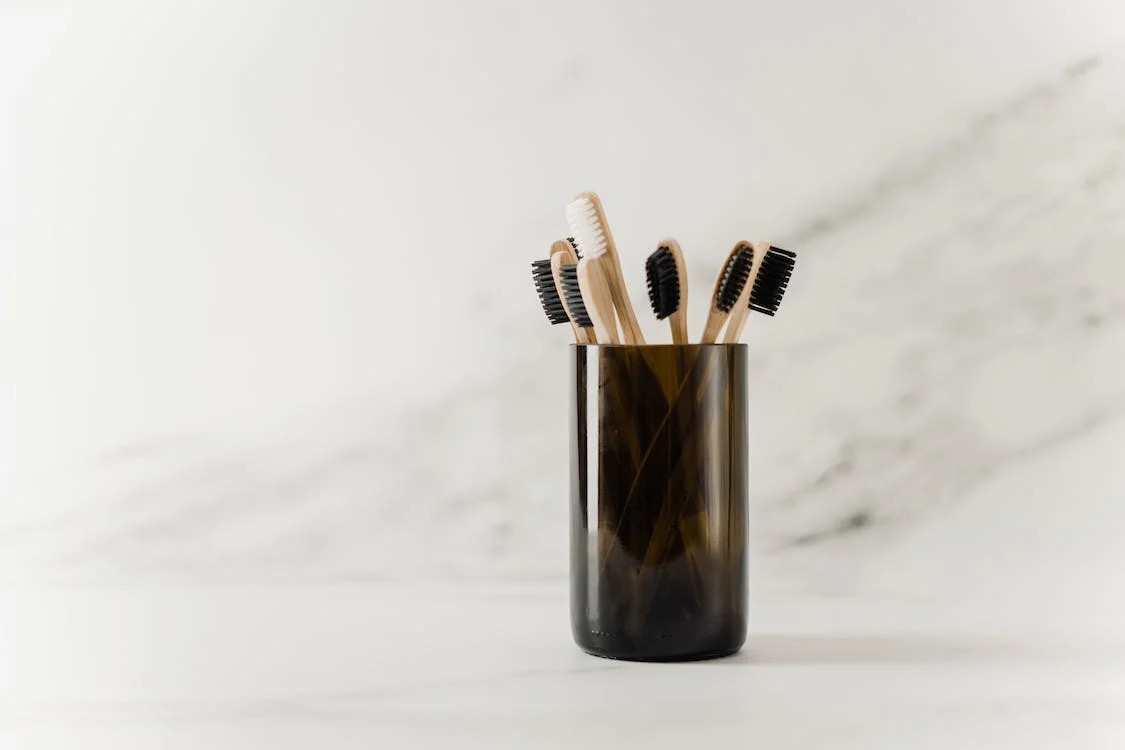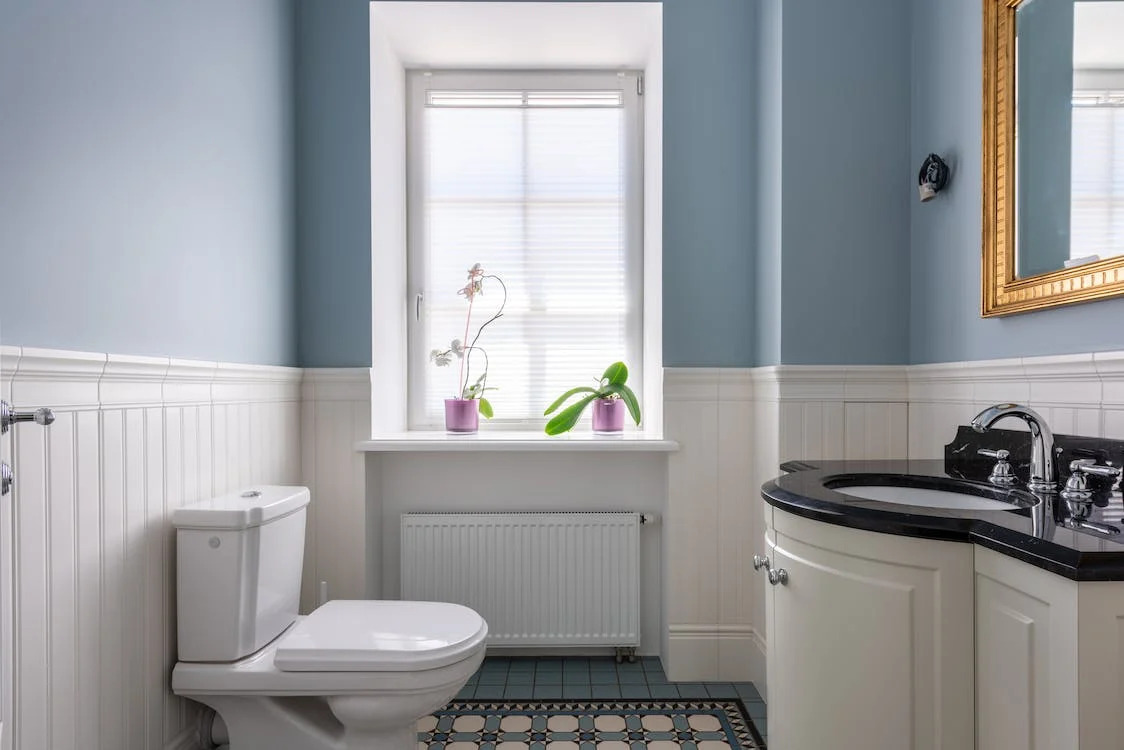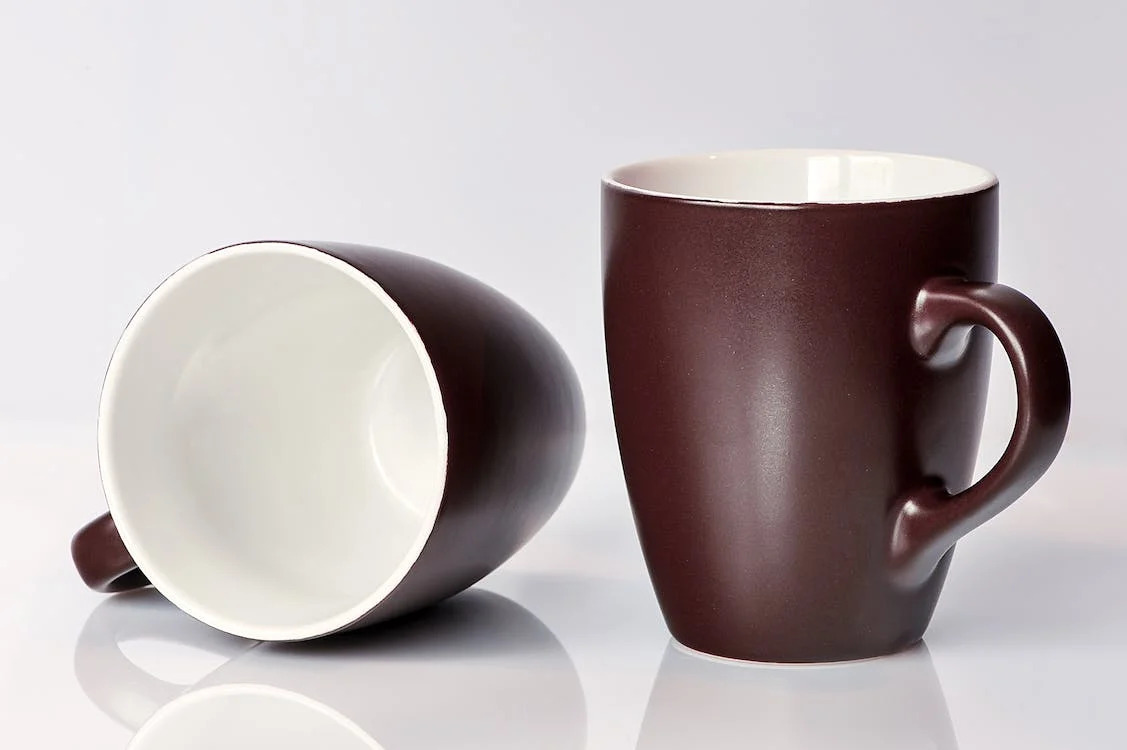You are looking for bathroom furniture and come across materials like Vitreous China, Ceramic and Porcelain. For beginners, picking one among these three options may be tricky.
This post is a must-read if you don’t know these materials’ basic features and quality. In this post, I will discuss and highlight their core differences.
Then, you can consider your preferences and budget to pick the most suitable option. Now let’s jump straight in!
A Brief Overview of the Three Materials
Vitreous china, ceramic and porcelain has been around for thousands of years.
Their applications range from small furniture to larger constructions. For example, there are many houses with walls and floors made of ceramic.
The three materials have a very beautiful appearance. Though they are not hard as metal, VC and clay can withstand moisture and scratch very well.
Comparison
VC, ceramic, and porcelain are prevalent materials. Many interior parts and bathroom tools feature one of these three. Yet, each option comes with distinct durability, appearance, and affordability.
These factors will help you decide on the most suitable item for your needs. Let’s first check out this table.
|
Features |
Vitreous China |
Ceramic |
Porcelain |
|---|---|---|---|
|
Material |
Glass composite and a little clay |
Clay and extra elements |
Clay |
|
Durability |
Very solid and hard |
Susceptible to shattering due to its weak structure |
Susceptible to shattering due to its vulnerable structure |
|
Water resistance |
Excellent water resistant capacity (less than 0,5 %) |
Medium resistance against water Not waterproof |
Medium water-resistant capacity Not waterproof |
|
Scratch resistance |
Can resist mild to medium scratches |
Only mild scratches |
Mild to medium impacts |
|
Color |
Available in white |
Available in white, brown, and red |
Commonly white |
|
Maintenance |
Doesn’t need much maintenance effort Needs regular cleaning |
Doesn’t need much maintenance, yet regular cleaning is necessary |
Needs regular cleaning and minimal maintenance effort |
|
Affordability |
High |
Medium |
Low |
|
Suitable For |
Bathroom items and tiles |
Home design |
Floors, walls, and areas with a lot of moisture |
1. Material
VC comprises mainly glass composite, featuring a durable and smooth texture. It means that most of VC’s components are glass particles and a little clay.
Ceramic and porcelain involve clay as the main component. It can be brown, red, or white clay, depending on the type and manufacturer of the material.
Yet, porcelain usually has extra elements to increase its hardness. These elements help increase the density and hardness of the material. Meanwhile, ceramic consists mainly of clay, making it less dense and weaker.
2. Durability
When it comes to durability and hardness, VC is the winner. With composite glass enamel and hard glass particles, this material is very solid and durable.
Plus, many VC furniture and items also feature an extra porcelain coating. This coating increases its resistance capacity against heat and moisture.
Meanwhile, ceramic and porcelain products don’t have this extra coating. Though they are still strong and durable, VC is still the best option.
Plus, the weak structure of porcelain and ceramic makes them vulnerable to impact. If you drop a ceramic item a few feet higher than the ground, it can break into pieces.

3. Water-resistant
The three materials have an excellent water-resistant capacity. They can hold direct water and moisture for a long time. Thus, most bathroom utensils feature one of these three materials.
Yet, VC is still the winner regarding water-resistant capacity. It’s due to the material’s glass-composite enamel and extra clay coating outside.
Tests indicate that VC only absorbs around 0,5% of the water or even less. Meanwhile, porcelain and ceramic are only waterproof to a certain extent.
If you sink these two materials into the water for a long period, they will get wet. However, they can still withstand water very well.
4. Scratch-resistant
Items made of VC have the ability to resist scratches. Plus, its smooth and beautiful surface won’t scratch or fade away after a long time of usage.
It’s advisable to avoid using sharp tools on this surface, such as a pad or a toothbrush. Ceramic and porcelain cannot resist scratches as effectively.
It means that mild scratches won’t leave stains on your porcelain and ceramic surfaces. Yet, applying too strong force can ruin the items’ appearance and surface forever.

5. Color Variety
The color variety of ceramic is more diverse than VC and porcelain. VC and porcelain commonly come in white color. Meanwhile, ceramic items are available in white, red, and brown colors.
Yet, you can still find red and brown VC or porcelain on the market. The setback is that ceramic is less popular than VC.
6. Maintenance
You don’t have to spend much time maintaining VC items. Yet, it would be best if you cleaned them once a week to keep their beautiful surface and avoid bacteria.
Ceramic and porcelain only require a little effort to maintain. Yet, regular cleaning is still advisable. You should wipe the item with a soft paper towel daily.
Ensure the towel is not abrasive, or it will scratch the item’s surface.

7. Affordability
Most ceramic tiles come at a more affordable price range than porcelain. However, VC is the finest option if you want to save the most out of your budget.
Among the three materials, VC is the most affordable option. Meanwhile, items made of porcelain often come at a higher price range.
This video will give you a closer look into the production of VC.
Which Should You Choose?
Porcelain and ceramic feature more similar traits than VC. They both feature clay as the main component, while VC consists of glass composite.
VC is my recommendation for durability. It can resist scratches very well and absorb little water. This material is also the cheapest option among the three.
The beautiful and shiny surface of VC can suit houses with a modern design. Meanwhile, the other two options bring a more vintage design with their clay texture. If you have many ceramic items in the house, go for these two materials.
Final Thoughts
My favorite material is VC due to its affordable price and excellent durability. Yet, ceramic and porcelain have their selling points with a rustic appearance.
I hope this comparison can give you a glimpse of the three materials’ pros and cons. Consider your room setup, budget, and preferences carefully to pick the most suitable option.

